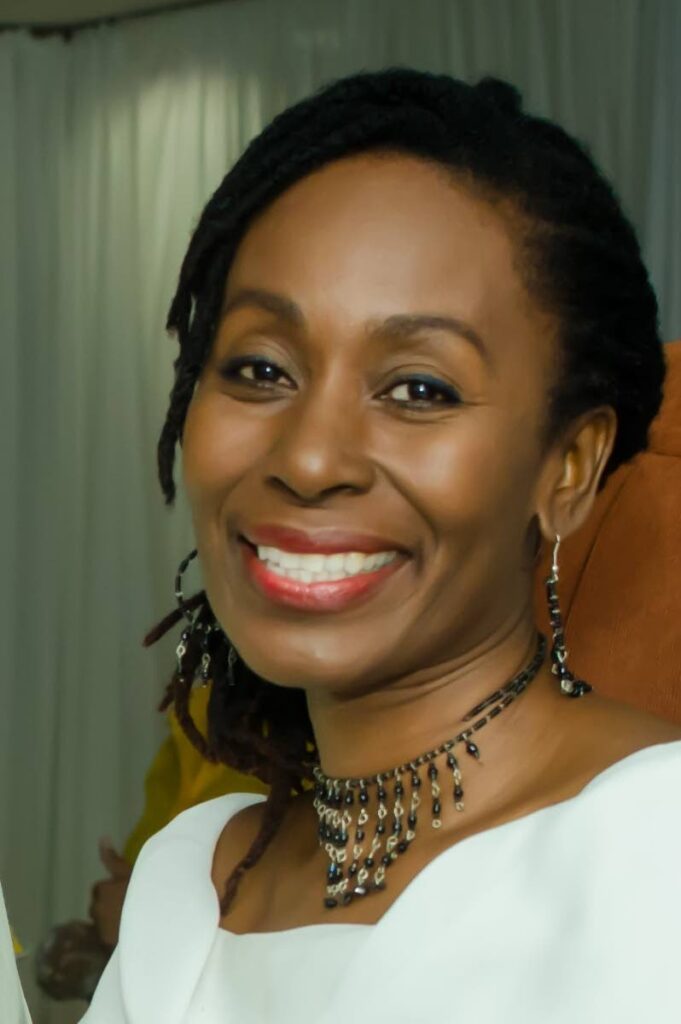How dance can save us

Dara Healy
“The Calvary Tent in New Town charged an entrance fee of two cents. Around this time, some of the tents were enlivening their calypso programmes by ‘the one-stepping of some young girls whose dancing won the loud and unstinted applause of everybody, not excluding two policemen who preserved order.’”
Errol Hill, The Trinidad Carnival
As another season of the Astor Johnson Repertory Dance Theatre is showcased this weekend, I find myself thinking that perhaps we need dance even more now than when Astor was still alive.
Then, our region was consumed by conversations around subjects like sovereignty and decolonisation.
Today, movement and dance are poised to be critical elements of the struggle against the social ills that preoccupy us. From mental health to isolation and family violence, there are many ways in which movement and dance can help save us from ourselves.
Dance in TT is a rich and nuanced experience. For indigenous peoples, dance was part of their ritual in honour of the gods, for celebration or battle.
For Africans battling enslavement, dance became an essential element of cultural remembrance and, critically, resistance.
East Indians indentureship introduced classical Indian dances like Kathak and Bharatanatyam. As the significance of sharing stories is better appreciated, there has been an upsurge in interest in Kuchipudi, a form of classical dance centred on storytelling.
In Tobago, dance remains connected to the spiritual beliefs and traditions of the African ancestors. It is important to remember that even some of the European-style movement evolved from the enslaved mimicking the master.
The Dabke dance of the Syrian-Lebanese people emphasises the strength of community with strong stamping movements.
For the Chinese, “dragons symbolise wisdom, power, dignity, fertility, and auspiciousness.” So the Chinese dragon dance began as ritual and reverence to ancestors and Mother Earth. During Carnival and other festivals, we see variations of the Chinese dragon dance, lion and ribbon dances.
Carnival, dance and calypso are more intertwined than you may realise. Patrick Jones, “Chinee Patrick,” innovated dragon mas at Carnival time in the early 1900s. He is described as an “anti-colonialist, a storyteller and a calypsonian.” His dragon masquerade is also inspired by Christian notions of evil, by The Inferno, Dante’s epic poem from the 14th century, and Greek mythology.
As the mas evolved, we see influences from traditional belief systems such as Ifa/Orisha or Hinduism which acknowledge harmony with the earth. Thus, the dragon needs water to properly execute its dance. Water is the connector of spaces; it signifies divinity, self-reflection and continuation of the human journey. In Port of Spain, dragon mas was performed near sources of water like East Dry River, George and Queen Streets. These are some of the same streets that nurtured the calypso.
By the 1920s, calypsonians began to celebrate popular international dances like the foxtrot. Lord Kitchener, for instance, has numerous songs about popular dance trends, from jive to break dance and disco.
In Rhumba Anna, he sings, “Anna, my dear, please come back to me/The way you Rhumba I like to see/Every time that you dance you send me in a trance/Every time that you dance, makes me feel to romance/Come back Anna/Come back to Papa.”
But he also has songs that express cultural resistance through dance. In Dance in the Lent he declares, “For some unknown reason they resent/People making merry in the Lent/…But they better change they mind/…Cause I want to make it clear/Ah feteing right through the year.”
Dance is central to the portrayal of many of our traditional Carnival characters, each with deep links to ancestral traditions and resistance to oppression.
For me, this is how we harness the ability of dance to empower our society. How do we challenge racial stereotypes around ballet and non-western bodies and hair? How have dance and social media helped children escape poverty? What is the role of dance in community outreach about abuse, peer pressure and other challenges?
Astor was clear about the transformative nature of movement. Like other pioneers, he recognised that the teacher has a responsibility to remain curious and unfettered by foreign notions of identity.
But perhaps more importantly, he knew that the difference between being a good dancer and one who can move audiences is the connection to the spiritual, to the ancestral.
Congratulations to my Astor Johnson family. They understand the assignment. Go see the show and you will see what I mean.
Dara E Healy is a performance artist and founder of the Indigenous Creative Arts Network – ICAN

Comments
"How dance can save us"